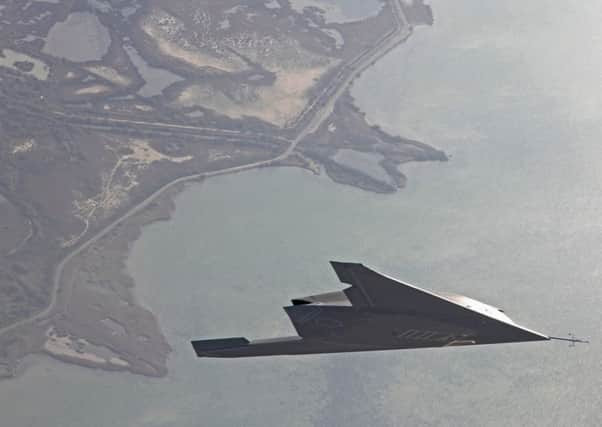Pakistan condemns strikes by US drones


The two separate drone strikes sparked the Pakistani government into swift condemnation. The ministry of foreign affairs said in a statement that the actions were a violation of Pakistani sovereignty and territorial integrity.
In the first strike, which came late on Wednesday, an American drone fired two missiles at a suspected militant hideout in the North Waziristan tribal area near the Afghan border, killing three alleged militants.
Advertisement
Hide AdAdvertisement
Hide AdThen, early yesterday, a missile strike targeted another supposed militant compound in north Waziristan, killing at least ten people, Pakistani intelligence officials said.
Pakistan’s north-west, particularly north Waziristan, is home to numerous militant groups – both indigenous and al-Qaeda-linked foreign groups – who often work together sharing fighters, money or expertise.
There was no immediate information on the identities of those killed but the two intelligence officials who gave information about the strikes said the area is dominated by the Haqqani network, and most of those who died were believed to have belonged to the organisation.
“We have also been hearing some names coming from our field agents, but we don’t have any confirmation so far,” said one of the officials.
The Haqqani network is believed to carry out operations against US and Nato forces in Afghanistan from bases in north Waziristan and is considered one of the more lethal groups operating in Afghanistan.
Because of stricter rules on the use of drones, diplomatic sensitivities and the changing nature of the al-Qaeda threat, the number of American drone strikes had dwindled.
Those fired on Wednesday and yesterday were the first since Christmas, and even before that, the number of strikes every year had been steadily dropping. The Pakistani government and military are believed to have supported the drone strikes to a degree in the past but in recent years have become more vocal in their opposition.
They are extremely controversial in Pakistan where many people protest that they are a violation of the country’s sovereignty.
Advertisement
Hide AdAdvertisement
Hide AdMeanwhile, a Pakistani court yesterday struck down a government order barring former military ruler Pervez Musharraf, who faces treason charges, from leaving the country.
The ex-president’s court victory, though, was tempered because the government can still appeal.
The ruling by the Karachi court could pave the way for the man who ruled Pakistan for nearly a decade to leave the country after an embarrassing trial that saw him become the first chief of army staff to face treason charges.
It also puts the Pakistani government, whose decision it was to push for Musharraf’s trial, at odds with the powerful military and in a tricky position where it must decide whether it wants to further anger them by trying to keep him from fleeing abroad.
Under the Karachi court ruling, the government has 15 days to appeal the decision.
This means Musharraf cannot leave Pakistan immediately.
The court gave no reason for striking Musharraf’s name from the exit control list, which prevents people from leaving the country.
Musharraf, who is now 70, took power in a 1999 and then stepped down in 2008. He later left the country, but returned to Pakistan in March 2013, hoping for a political comeback.
Instead, he got embroiled in court cases, including the treason charges which are connected to his decision in 2007 to declare a state of emergency and detain senior judges, including the chief justice.